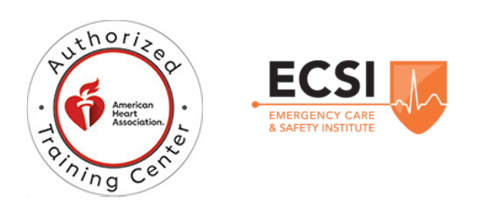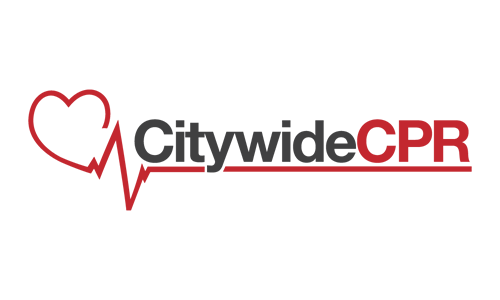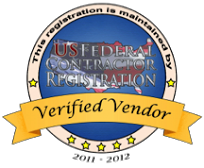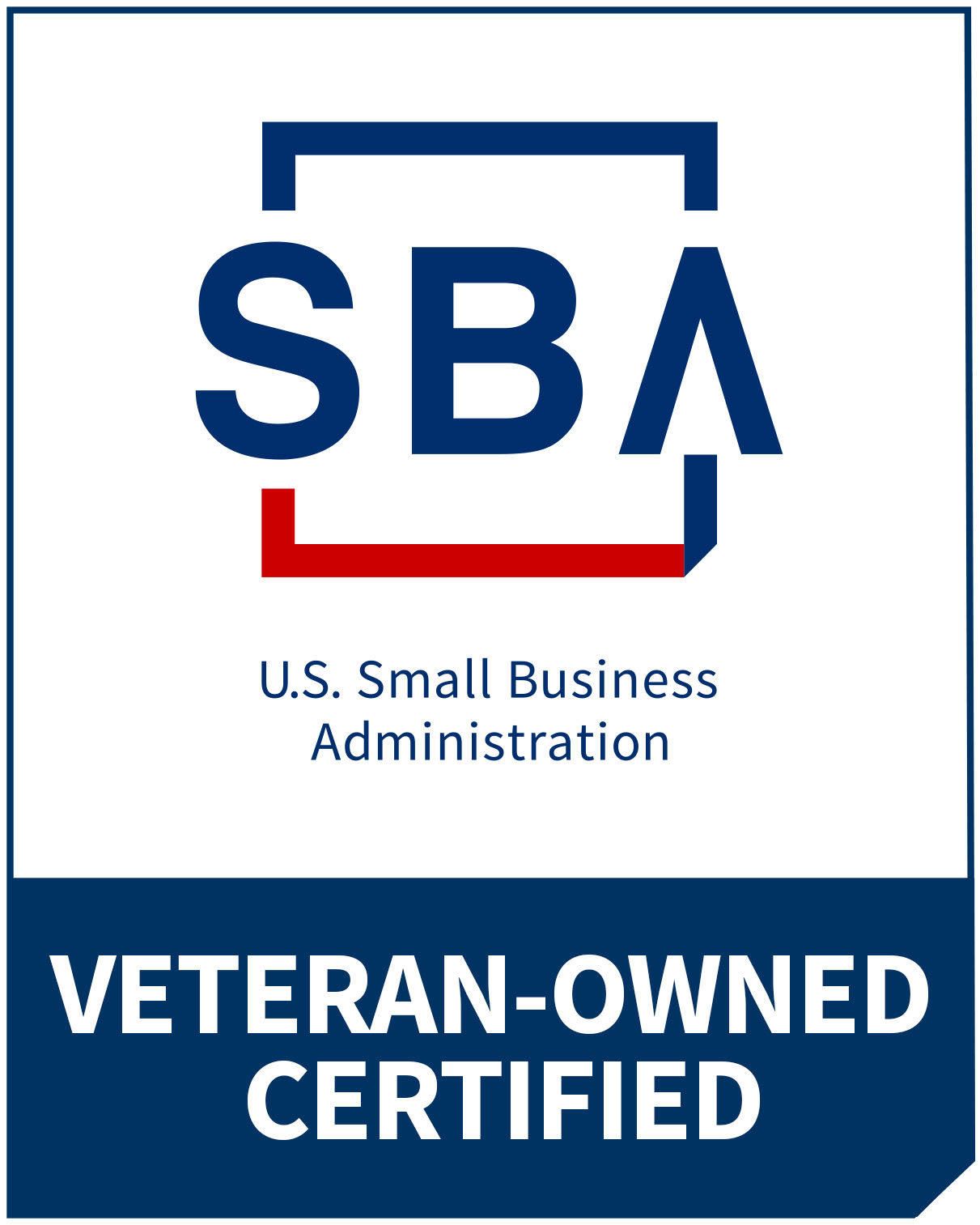Myocardial infarction (MI), or simply known as heart attack, is a medical condition that is basically characterized by a permanent malfunction or damage to the heart muscle as a result of lack of blood supply to certain tissues. It should be understood that the heart muscles need consistent supply of oxygen that is contained in the blood that flows in and out of it. This oxygen-rich blood is carried by the coronary arteries that when become narrow and clogged, as a result of coronary artery disease, it accumulates inflammatory cells, fatty particles, and other unwanted matters into plaques of various sizes. Once blood clots into a narrowed and clogged artery, there will be insufficient supply of blood in the heart muscles and would eventually malfunction, leading to heart attack.
Common symptoms of heart attack include discomfort or unusual pressure and pain in the arms, below the breastbone, and/or chest. There could also be the feeling of indigestion, dizziness, and vomiting. Meanwhile, many heart attack sufferers experience extreme tiredness, shortness or difficulty of breathing, and anxiety. Irregular and rapid heartbeats along with the discomfort radiating feeling at the back, throat, or jaw are common symptoms of this heart disease as well. When experiencing any of these symptoms, it is best to consult a medical expert immediately before taking any form of uncertain medication. You could also prefer to follow several proven safe remedies if necessary.
How about if you get caught in a situation where a person with you – maybe one of the important persons in your life – gets caught by heart attack? Well, the very best thing you can do is to quickly determine if there is any available medical expert to assist you with. If not, you are advised to call for emergency medical service right away and then give your best shot to save that person’s life – by doing cardiopulmonary resuscitation or CPR. Yes, although you don’t know anything about this kind of first aid, the American Heart Association (AHA) and other related health organizations encourage anyone to at least do something while waiting for the necessary medical assistance. Take note that every bit of a second counts and there is a little chance that your attempt to save the patient through CPR would be a success.
In order to become prepared and responsible enough to prevent losing your loved one’s life because of heart attack, medical experts suggests everyone to learn at least a thing or two about proper CPR. That’s why several health organizations have already provided free sessions of basic CPR training for everyone. Other than that, many of such institutions have provided free- and ready-to-use automated external defibrillators (AEDs), mounted on public places. These could be readily use in case someone within the vicinity suddenly gets caught by a medical condition that requires CPR. The use of AED is actually now a part of professional CPR practice because this could further increase the success rate on saving a person’s life. To know what it is in a CPR training, simply visit citywidecpr.com. Get yourself prepared now!





